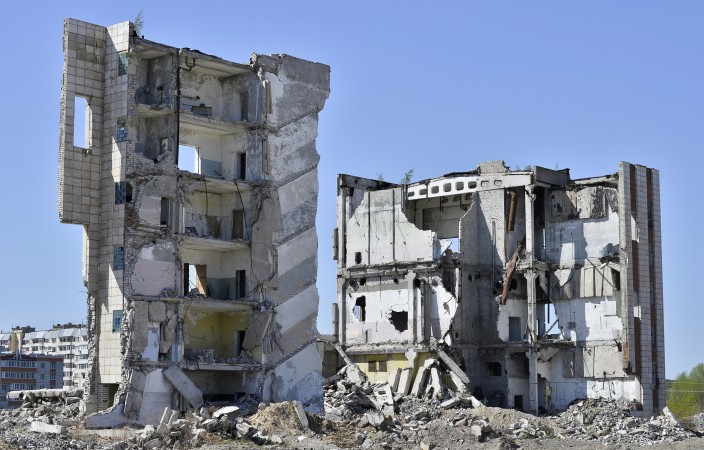A causation minefield: University of Exeter v Allianz Insurance [2023] EWCA Civ 1484

In any case causation issues can be fraught, but a recent decision out of the Court of Appeal in the UK has provided a useful distillation of the principles relating to proximate cause and concurrent causes of loss.
The case arose out of the discovery, and subsequent controlled detonation, of an unexploded World War II bomb on property owned by the University. Unfortunately, the detonation caused damage to the University’s buildings, so it made a claim under its insurance policy in respect of the physical damage to those buildings, and the related business interruption. The policy however excluded loss and damage “occasioned by war”.
The High Court had concluded that the proximate cause of the damage was the dropping of the bomb 79 years earlier (rather than the effect of the explosion), or in the alternative, if the dropping of the bomb was not the proximate cause, it was a “concurrent” cause of the loss.
The Court of Appeal was tasked with considering whether “unguided gut feeling”, which suggested the damage caused by a controlled detonation 79 years after the bomb was dropped and 76 years after the war was ended, was not “occasioned by war”. The words “occasioned by” meant that it was necessary to establish what the proximate cause of the loss was.
The Court stated that the proximate cause does not have to be the last in time (being the explosion). The “proximate cause” is the dominant, effective or efficient cause of the loss. In that respect, the University argued that the detonation was the “agent of change”, a much more potent, and therefore proximate, cause of the damage than the dropping of the bomb which had rested without incident since it was dropped.
However, the Court of Appeal was of the view that there were concurrent proximate causes, being both the dropping of the bomb during the war and its detonation many years later. The Court of Appeal was clear that neither would have caused the loss without the other – it was the combination that made the damage inevitable in the ordinary course of events.
In an insurance context, the well-established principle of Wayne Tank & Pump Co. Ltd v Employers Liability Incorporation Ltd [1974] QB 57 provides that where there are concurrent causes of approximately equal efficiency, and one cause is insured and the other is specifically excluded, the exclusion will prevail.
Ultimately, the UK Court of Appeal confirmed that the exclusion for loss “occasioned by war” in the University’s insurance policy applied to exclude cover for the physical damage and business interruption loss that was suffered by the University as a result of the damage which occurred as a result of a controlled detonation of that bomb.
Therefore, with straightforward application of the rule in Wayne Tank, and as one cause was expressly excluded from cover, the exclusion prevailed. The fact that it took nearly 80 years for the other cause to become effective, and for the damage to manifest, was immaterial.
The case is a useful reminder that causation issues require a nuanced approach, with reference to established causation principles, rather than simply reliance on an “unguided gut feeling” as to cause.
Please get in touch with our insurance team if you wish to discuss any issues arising from this case.
